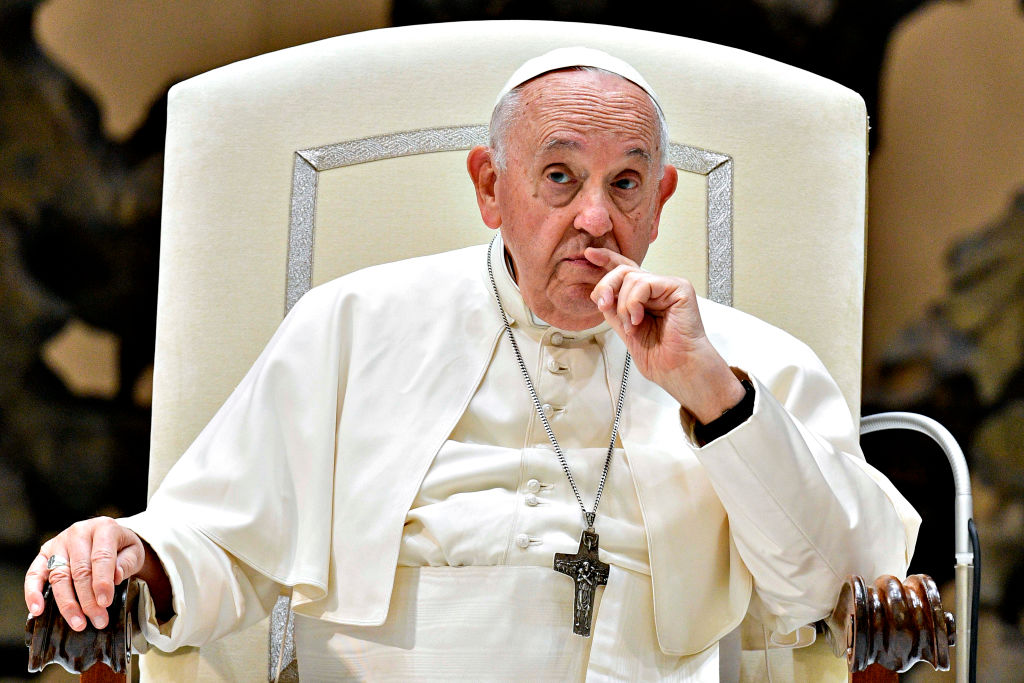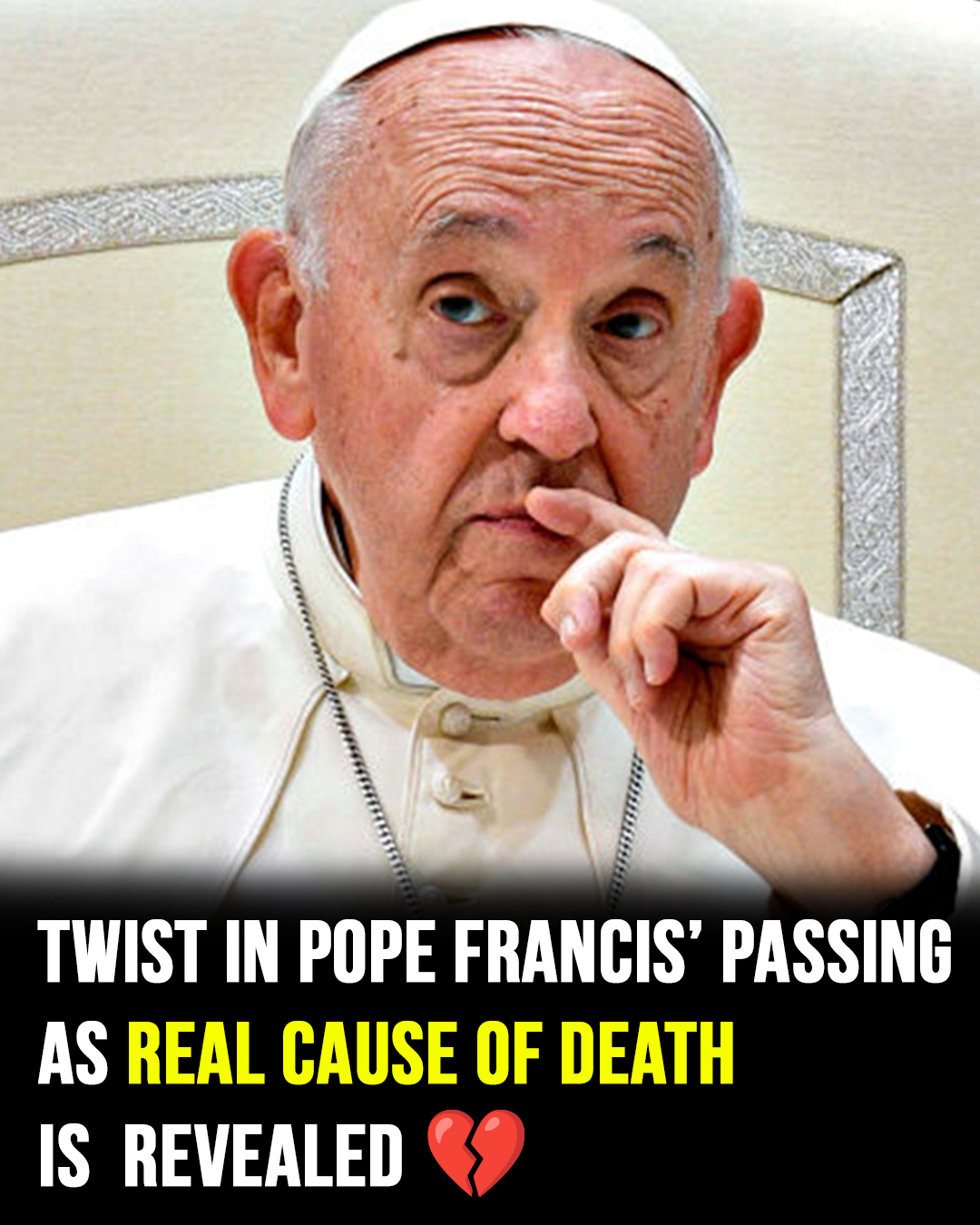Pope Francis has died at the age of 88, but his cause of death isn’t what many assumed.
After months of battling serious respiratory problems and even pneumonia, many believed those complications would be what ultimately took the beloved pontiff’s life. But in a twist that’s now making headlines around the world, the Vatican confirmed that Pope Francis passed away from a massive cerebral stroke — not from any of the respiratory illnesses he was previously treated for.
Peaceful passing in the Vatican
The leader of the Catholic Church died early Monday morning in his residence at Saint Martha’s House in Vatican City. Doctors said the Pope woke up around 6 a.m., but by 7 a.m., he had become unwell. Within 30 minutes, he had slipped into a coma. He never woke up again.
He died peacefully, officials said — passing away not in the hospital but at home, surrounded by the silence of Vatican grounds.
What really happened?
After weeks in and out of Rome’s Gemelli Hospital due to double pneumonia and a dangerous bout of bronchitis, many assumed his lungs were the issue. In fact, in February, his condition had deteriorated so dramatically that his medical team prepared for the worst. He reportedly suffered from acute respiratory failure, a polymicrobial infection, and even kidney issues.
But according to the official Vatican report, it was a stroke that ultimately ended his life. The stroke triggered a coma and what was described as “irreversible cardiocirculatory collapse.”
A massive stroke usually happens because of a blood clot in the brain. It’s very serious and can affect a large portion of the brain.
His final public moments
Just weeks before his death, Pope Francis made a surprise appearance at Easter Mass. He waved from a balcony overlooking St. Peter’s Square and greeted thousands with a warm “Brothers and sisters, Happy Easter,” before an aide continued his annual Urbi et Orbi blessing.
That Easter appearance, alongside his recent meeting with U.S. Vice President JD Vance, turned out to be his final moments in the public eye.
Born Jorge Mario Bergoglio in Buenos Aires, Argentina, Pope Francis became the first Latin American pontiff in history when he was elected in 2013. His papacy quickly stood out for its emphasis on humility, social justice, environmental stewardship, and outreach to the marginalized.

He was a reformer within the Catholic Church who focused on helping the poor and vulnerable, and took a hard stance against the Italian mafia — excommunicating members and warning them they were headed straight for hell.
He washed the feet of prisoners, embraced the sick, and constantly reminded the world of the Church’s duty to serve — not rule.
In the words of former U.S. President Barack Obama, “Pope Francis was the rare leader who made us want to be better people.”
What happens now?
Francis’ body will lie in state at St. Peter’s Basilica for three days, beginning as soon as Wednesday. His burial will take place at the Basilica of Santa Maria Maggiore in Rome.
Argentina has declared a week of national mourning, and the Vatican will now prepare for a new conclave. The College of Cardinals is expected to begin the process of choosing the next pope within 15 to 20 days.
In the meantime, American-born Cardinal Kevin Farrell will serve as the Vatican’s temporary administrator.
“He shook us out of our complacency,” Michelle Obama wrote. And now, the world watches as the Church prepares for its next chapter — one Pope Francis helped rewrite in powerful, lasting ways.
